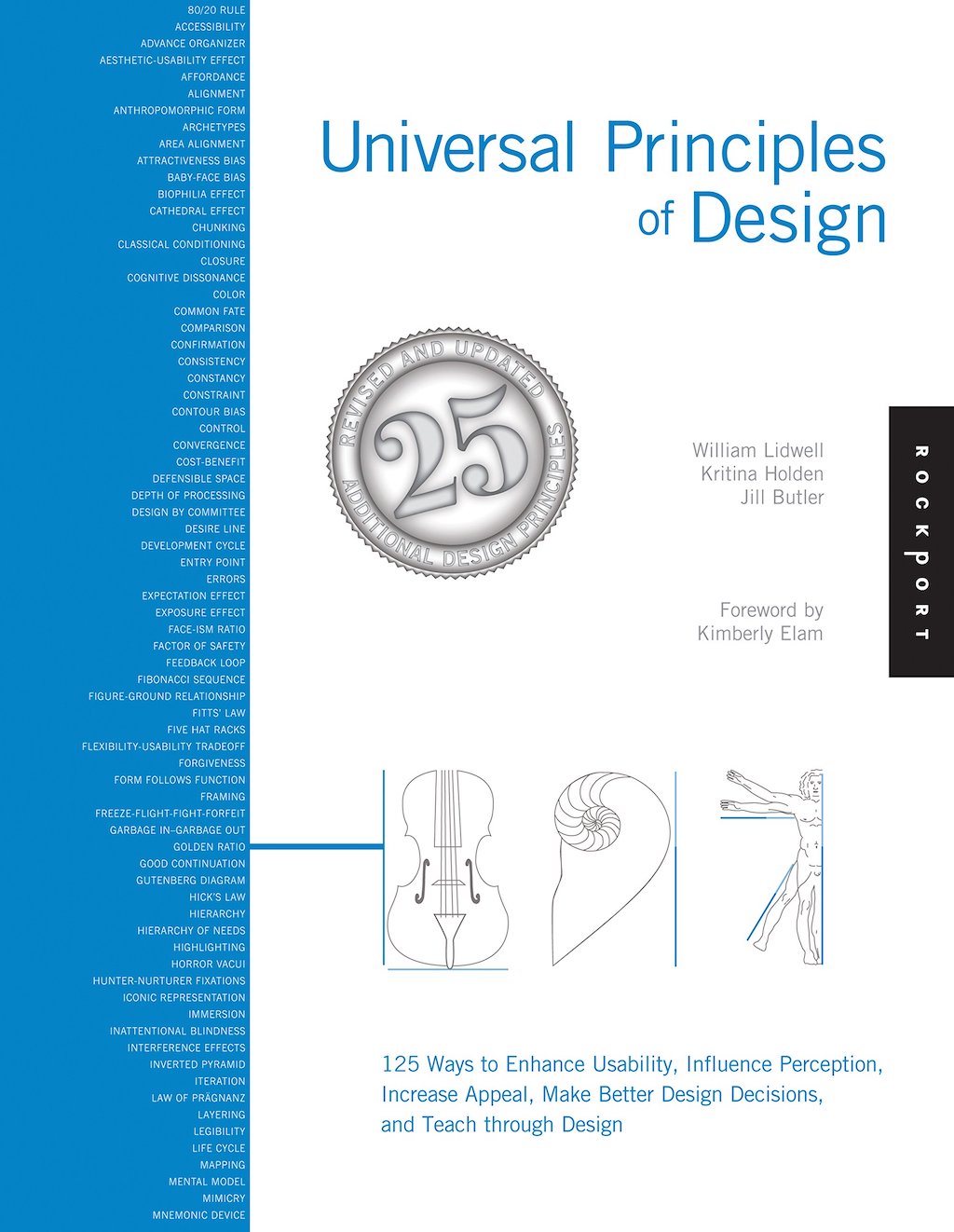By definition error is an action or omission of action yielding an unintended result. This is pretty obvious, isn’t it? However, an understanding of the causes of errors suggests specific design strategies that can greatly reduce their frequency and severity.
There are two basic types of errors: slips and mistakes.
Slips are sometimes referred to as errors of action or errors of execution, and occur when an action is not what was intended.
For example, a slip occurs when a person dials a frequently dialed phone number when intending to dial a different number.
Mistakes are sometimes referred to as errors of intention or errors of planning, and occur when an intention is inappropriate.
For example, a mistake occurs when a nurse interprets an alarm incorrectly and then administers the incorrect medicine.







